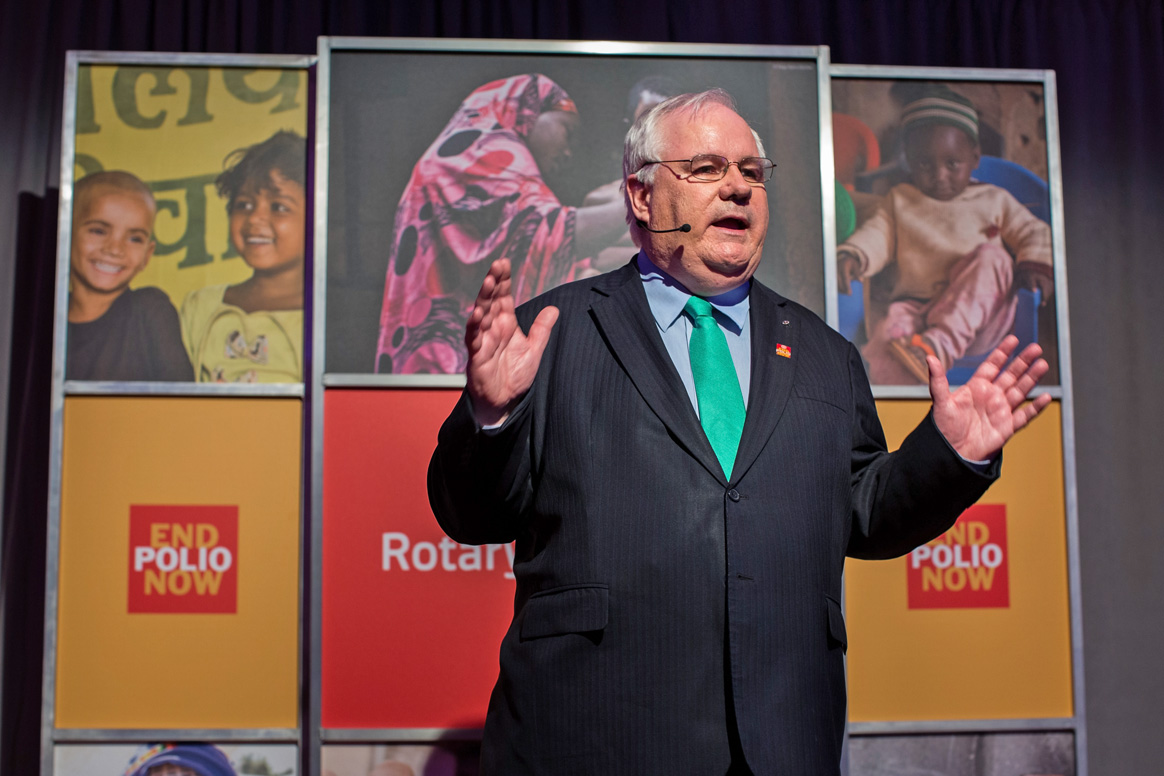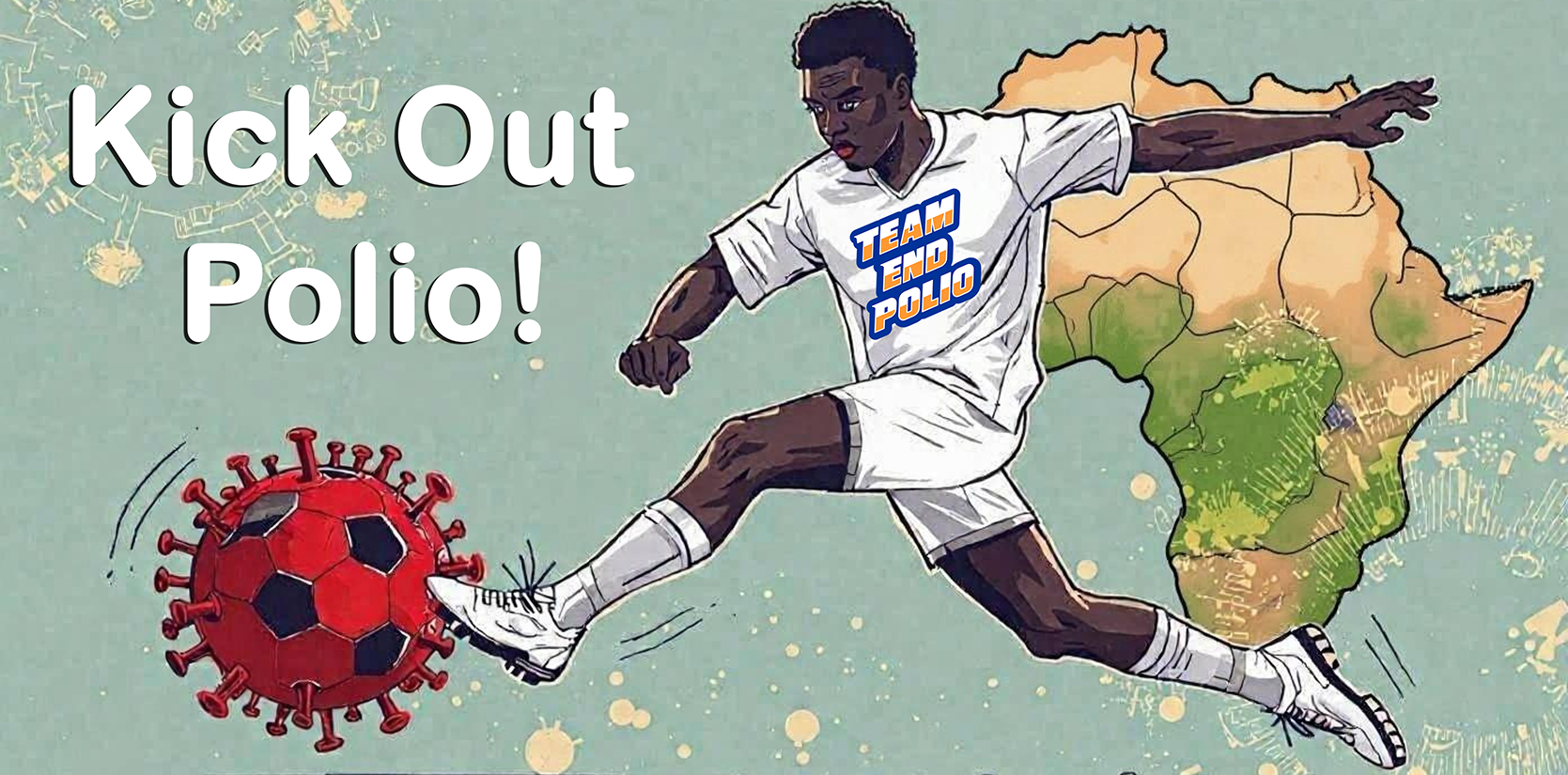Polio eradication efforts coordinated with broader health agenda

With the detection of WPV in Kenya, it is crucial that transmission is rapidly interrupted to avoid further spread to neighbouring countries, especially those affected by drought and famine. Malnutrition lowers immunity, and the conditions in (and en route to) refugee camps allow communicable diseases, including polio, to easily spread. Furthermore, local health workers can be overburdened dealing with the health complications of the drought, affecting the provision of regular and routine healthcare. The hundreds of polio-funded staff on the ground in the Horn of Africa have expanded their mandate to help ensure that the most basic needs of the people of the Horn of Africa are met.
On 25 August, a Kenyan child was paralysed by wild poliovirus type 1 (WPV1). Genetic sequencing found the virus to be genetically related to WPV1 last seen in Uganda in November 2010, indicating that transmission had been ongoing, undetected, somewhere along the border between the two countries. The infected province is near to borders with both Uganda and Tanzania, increasing the risk of international spread. An outbreak response plan has been implemented, and vaccination campaigns have been conducted in Tanzania and Uganda, as well as in Kenya.
Meanwhile, funding remains an issue. The Global Polio Eradication Initiative as a whole faces a $US 535 million funding gap for 2011-2012, $US 77 million of which is earmarked for the Horn of Africa. The immediate gap for Kenya, Sudan and Uganda is US$ 4.58 million. Funding shortages in 2010 caused the curtailing of polio eradication activities, including in the district which has now reported a case. There is also a clear need for disease surveillance to be improved in the Horn of Africa, and greater funding is required to ensure the appropriate improvements can be made.
For more information, please see this briefing note giving a detailed overview of the current situation, key challenges, the Global Polio Eradication Initiative’s responses and current funding requirements, as of October 2011.



